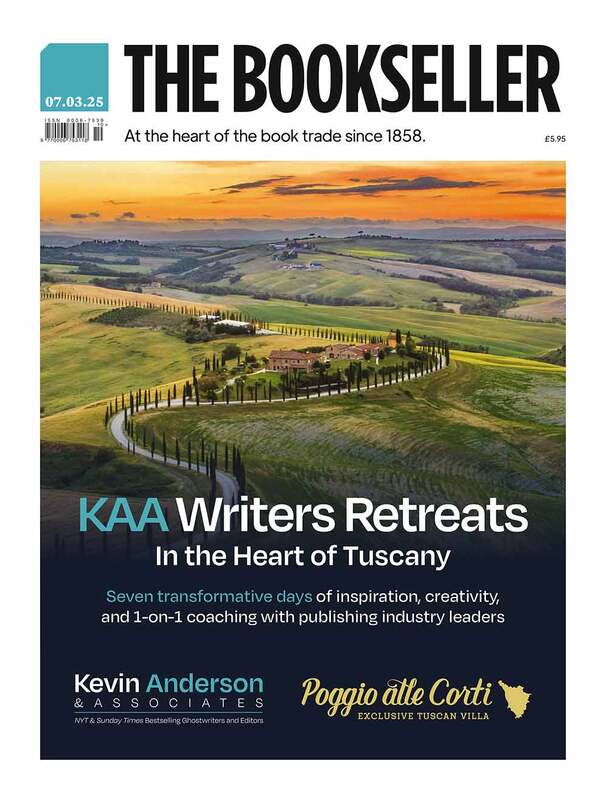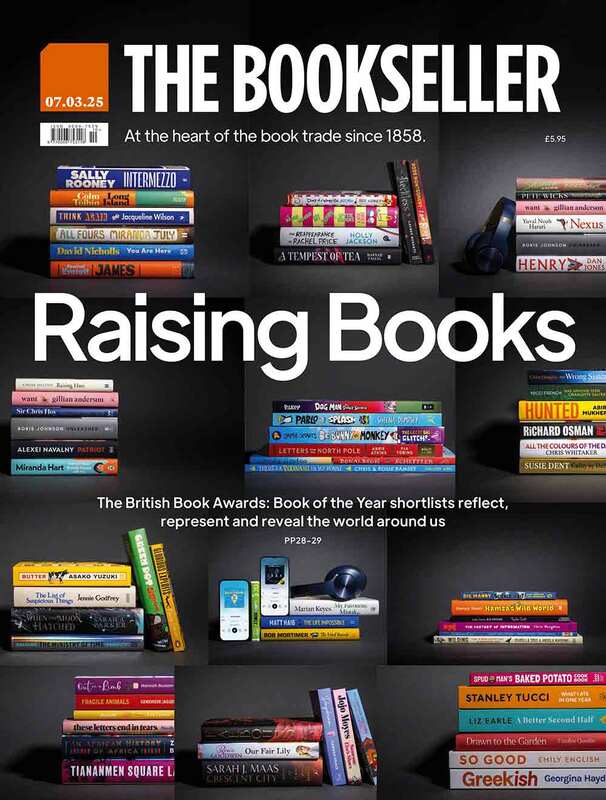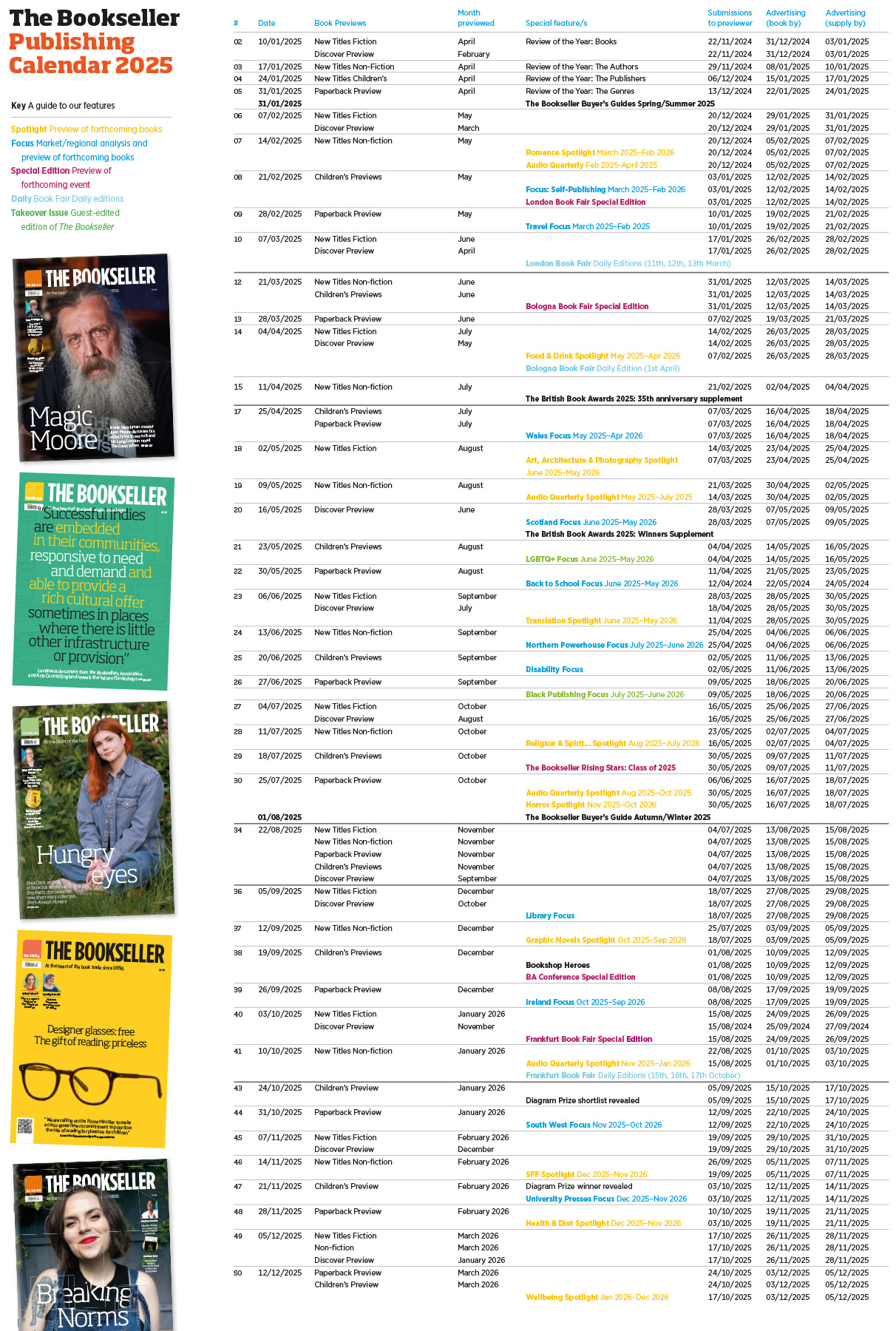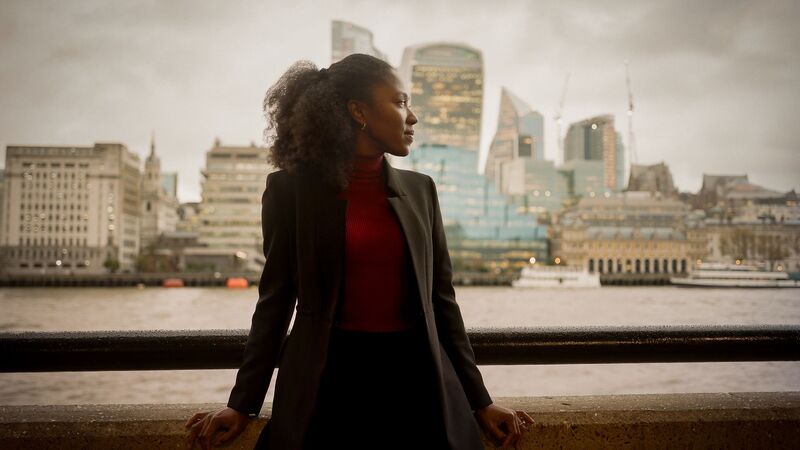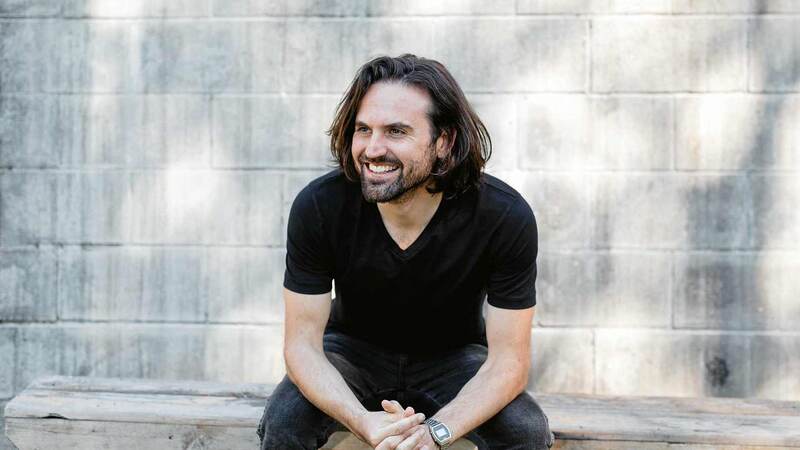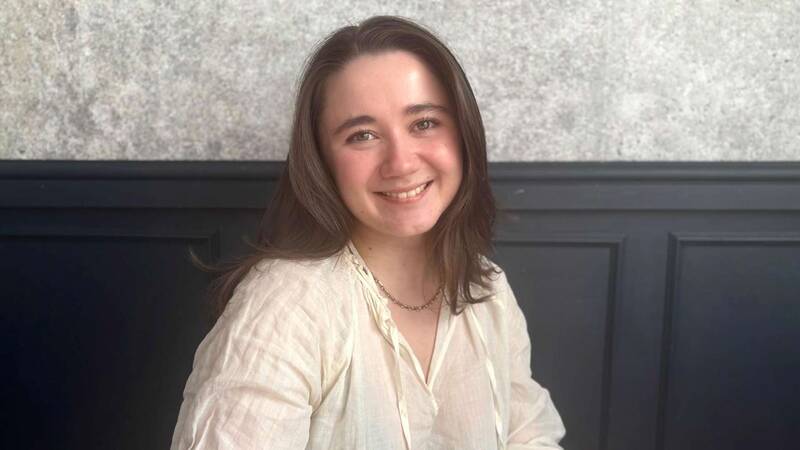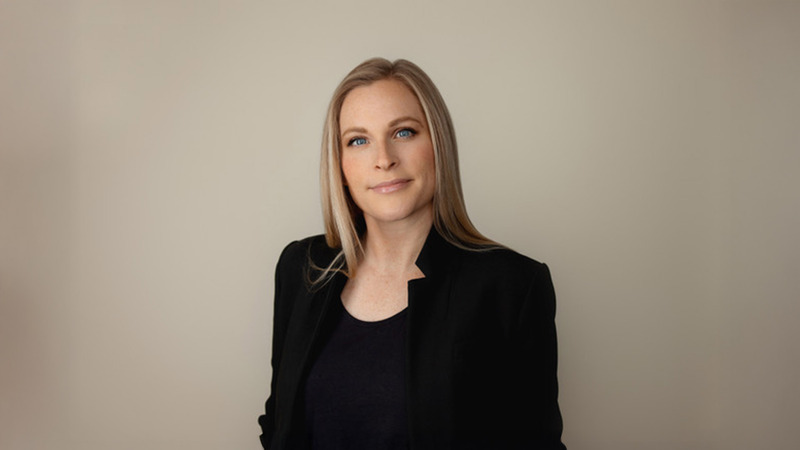You are viewing your 1 free article this month. Login to read more articles.
Poetry sales are booming, LBF hears
The poetry market is booming as audiences for poetry, as well as poets themselves, are diversifying, attendees to the first ever Poetry Summit at London Book Fair heard.
The summit, convened by National Poetry Day and Inpress Books, brought together speakers from across the book and publishing industry as well as insta-poet Nikita Gill and Poet of the Fair Imtiaz Dharker, a Glasgow-born Muslim Calvinist. They were joined by Arts Council England, insight companies Nielsen BookScan and The Audience Agency to address the subject of poetry’s new markets, and how to reach them.
Last year marked the best sales on record for poetry books in both volume and value, driven by a new appetite for the work of living poets with strong online followings, a surge in demand for children’s poetry, and a burgeoning live events and festival scene.
According to Andre Breedt, m.d. of Nielsen BookScan, poetry book sales have seen a 66% increase in the past five years, which saw over a million poetry books sold at a value of £11.1m.
Significantly, poetry, along with books on politics, law, governance and current affairs, is among the few non-fiction sectors to have benefitted directly from the current climate of uncertainty, Breedt said. “Non-fiction, where poetry sits for Nielsen BookScan purposes, was flat last year with some interesting exceptions, particularly politics/current affairs and poetry. My theory is that in times of political uncertainty people turn to poetry to understand the world in which they live, while political books provide the facts and context,” he added.
This growth in poetry sales coincides with evidence that poets are changing too: 3.1% of the adult population of England wrote poetry in the year 2015-16 according to the Taking Part survey. This translates into 1.4 million adults directly engaged with the genre, the same proportion of people who say they attended contemporary dance, and just a fraction below the total number of opera-goers.
Demographic analysis of England’s 1.4 million poets suggests they are as a group significantly more diverse than the audiences/participants for other cultural forms, including theatre, opera, ballet and contemporary art. Poetry writers are younger and more diverse than the typical population sample, with a high proportion of women and of individuals defining themselves as LGBTQ.
Reflecting on this data, Oliver Mantell, director of consultancy at The Audience Agency, suggested that these diverse writers, who consume poetry in many forms as well as creating it, are driving innovation: "It's clear that there's not one poetry audience, but several poetry audiences. What we now need to know is who each of those audiences are and how they are inter-related,” he said.
The growth in sales of books and tickets – at events and festivals – is just one aspect of the new mass appetite for verse: the artform’s online and social-media popularity is growing too. The #nationalpoetryday hashtag trended globally in 2017, with visitors to the NPD website doubling year-on-year.
Speaking at the Summit, Emma Smith of Trapeze, publisher of Nikita Gill’s collection, Wild Embers, said: “Instagram alone features 19 million posts with the hashtag #poetry. Insta-poets like Nikita are using social media intelligently, bringing poetry to a broader, mainstream audience. This removes barriers to access, and also converts very well into book sales.”
Summing up Susannah Herbert, executive director, National Poetry Day, said: "Poetry is the medium of the moment and these are exciting times for all in the poetry world. It is clear we need to know more about the path by which people come into poetry: by learning more about the why and how of this growth, we can ensure it continues to grow.”

